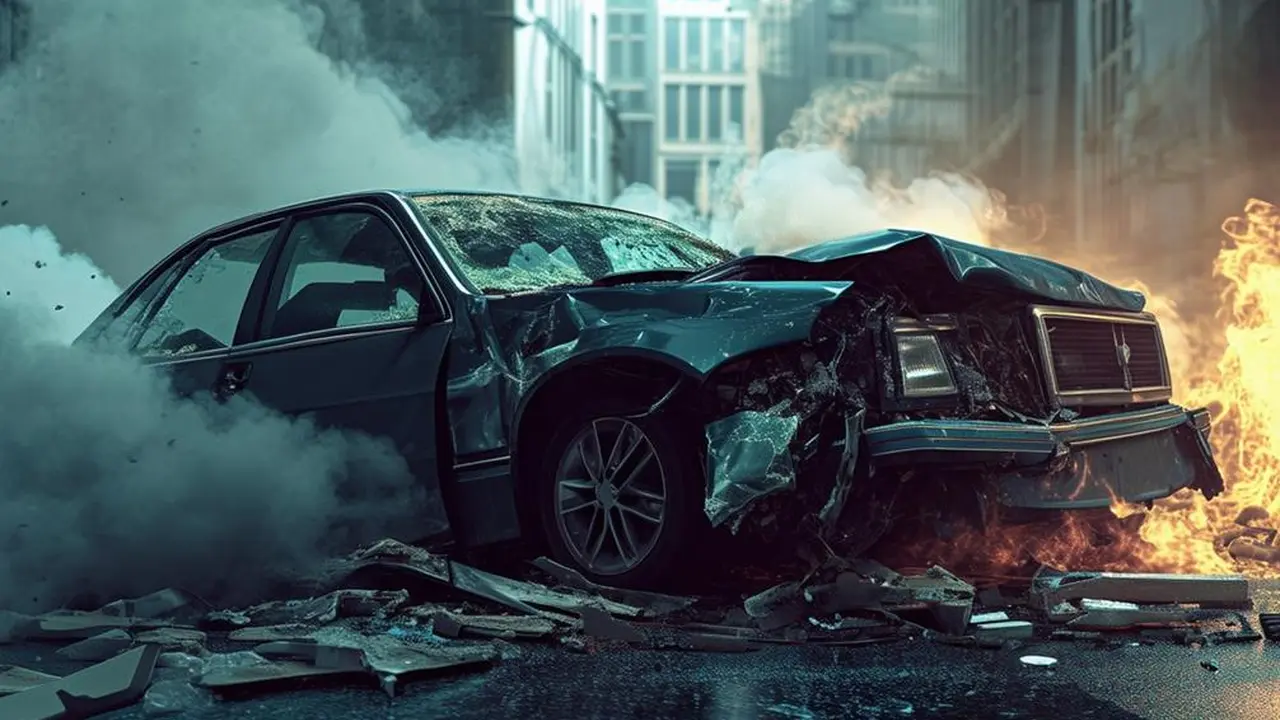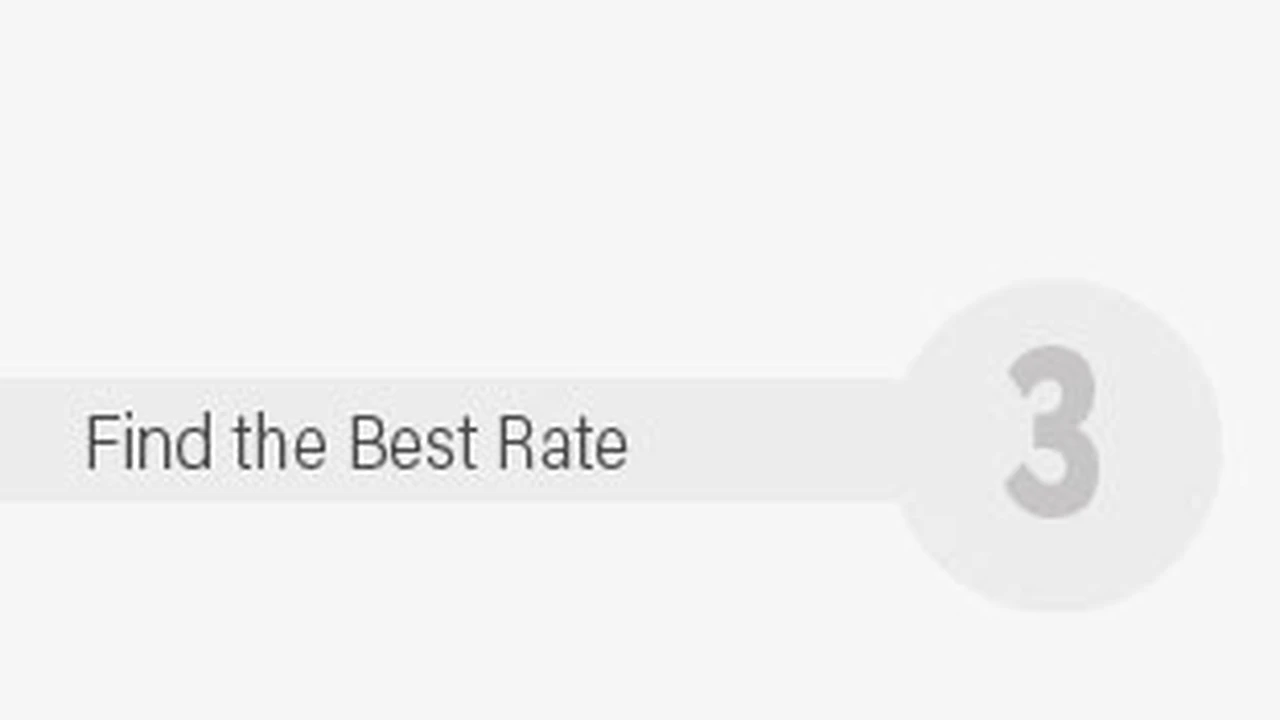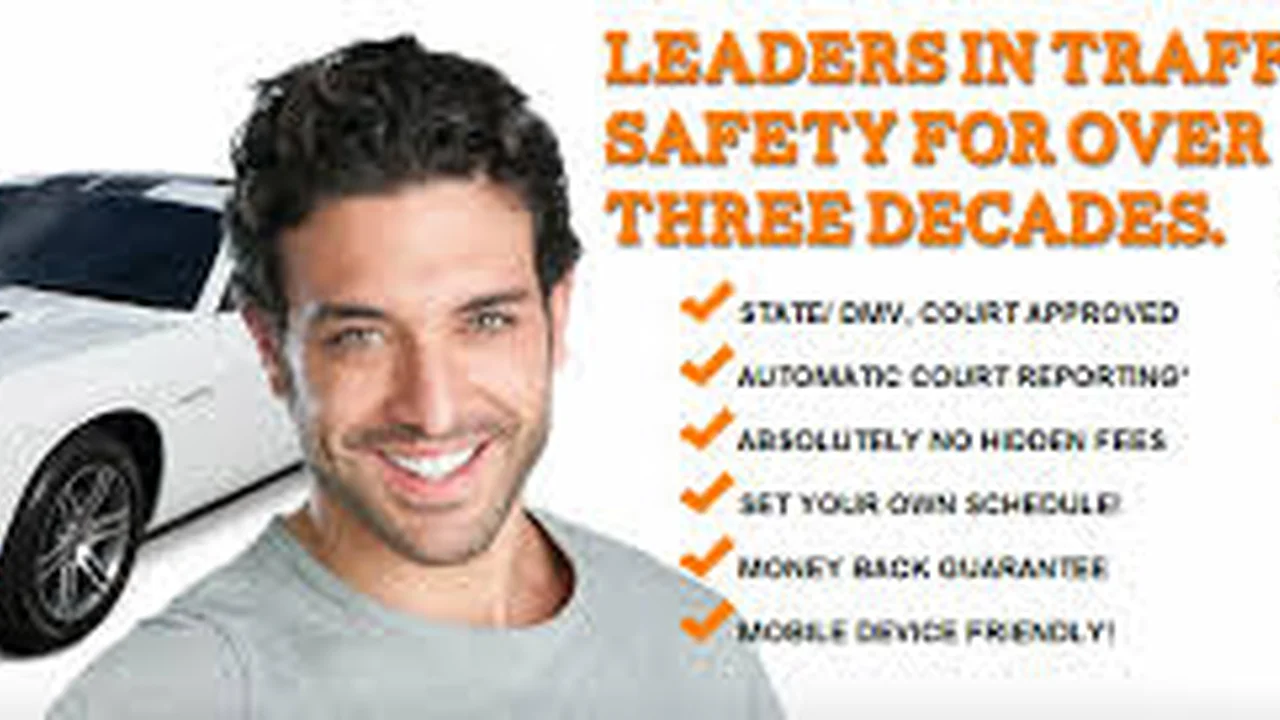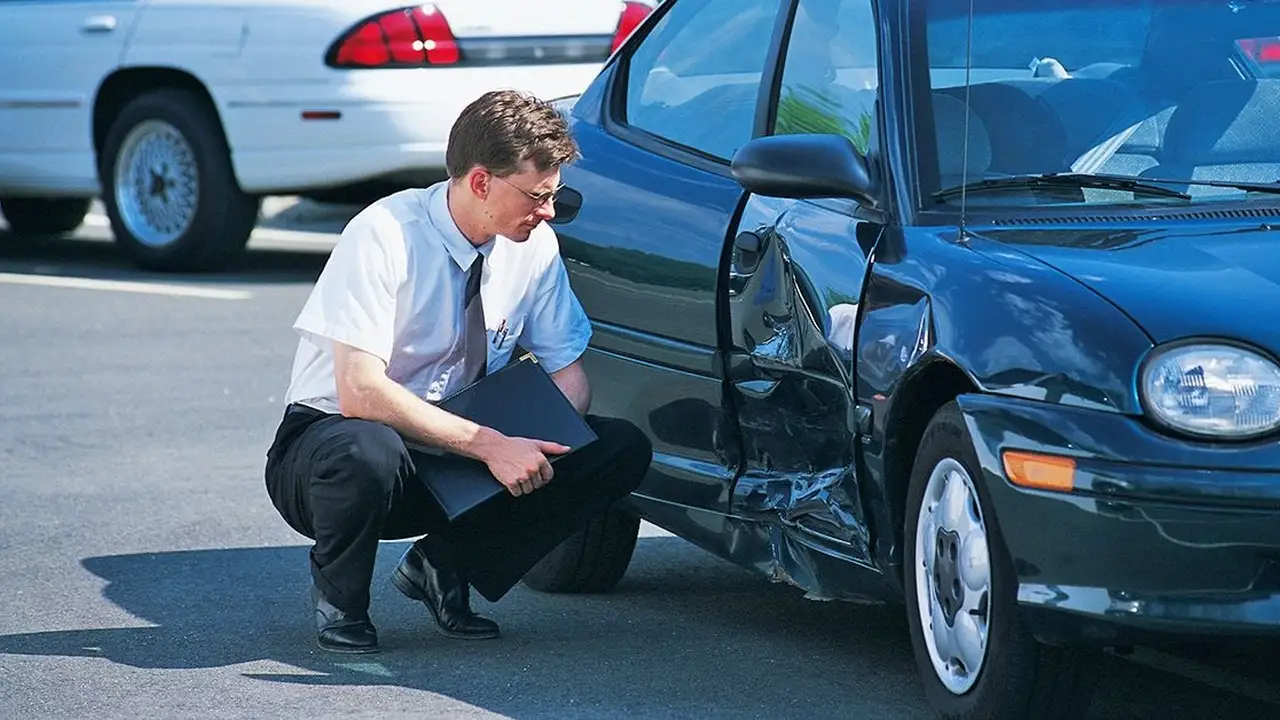Filing a Car Insurance Claim: A Step-by-Step Guide

Understanding Car Insurance Claim Basics and Your Policy Coverage
Okay, so you've been in a fender bender (or worse). First things first, breathe. Dealing with car insurance claims can feel like navigating a jungle of paperwork and confusing jargon. But don't worry, we're here to break it down for you. The very first thing you need to do is understand what your policy actually covers. Dig out your insurance documents (or log into your online account – most companies have digital copies these days). Look for things like:
- Liability Coverage: This covers damage you cause to *other* people's vehicles or property, and their injuries. It's usually expressed as something like "100/300/50," which means $100,000 coverage per person, $300,000 coverage per accident for bodily injury, and $50,000 for property damage.
- Collision Coverage: This covers damage to *your* vehicle, regardless of who's at fault in an accident. You'll typically have a deductible (the amount you pay out-of-pocket before the insurance kicks in).
- Comprehensive Coverage: This covers damage to your vehicle from things *other* than accidents, like theft, vandalism, hail, fire, or hitting a deer. It also usually has a deductible.
- Uninsured/Underinsured Motorist Coverage: This protects you if you're hit by someone who doesn't have insurance or doesn't have enough insurance to cover your damages. This is super important!
- Personal Injury Protection (PIP): This covers your medical expenses and lost wages, regardless of who's at fault. It's required in some states and optional in others.
Read through the "Declarations" page. That's usually a summary of your coverage. If you're not sure about something, call your insurance agent! They're there to help, and it's way better to understand your coverage *before* you need it.
Immediate Steps After an Accident Ensuring Safety and Documentation
Alright, the accident just happened. Safety first! Make sure everyone involved is okay. If there are injuries, call 911 immediately. Even if there are no obvious injuries, it's still a good idea to call the police to file a report. A police report can be incredibly helpful when dealing with insurance claims, especially if there's a dispute about who's at fault.
Once you've ensured everyone's safety, start documenting everything. This is crucial. Here's what you need to do:
- Exchange Information: Get the other driver's name, address, phone number, insurance company, and policy number. Also, get the license plate number of their vehicle. Give them your information as well.
- Take Pictures: Take lots of pictures! Photograph the damage to all vehicles involved, the scene of the accident (including any skid marks or debris), and any visible injuries. The more evidence you have, the better.
- Witness Information: If there were any witnesses to the accident, get their names and contact information. Their statements can be very valuable.
- Don't Admit Fault: Even if you think you might be partially responsible for the accident, avoid admitting fault at the scene. Let the insurance companies investigate and determine who's at fault. Anything you say can be used against you later.
Initiating the Car Insurance Claim Notifying Your Insurance Company
Okay, you've gathered all the necessary information. Now it's time to notify your insurance company. The sooner you do this, the better. Most insurance companies have a 24/7 claims hotline, or you can file a claim online through their website or mobile app.
When you file your claim, be prepared to provide the following information:
- Your policy number
- The date, time, and location of the accident
- A description of the accident
- The other driver's information (if applicable)
- The police report number (if applicable)
- A description of the damage to your vehicle
Be honest and accurate when describing the accident. Don't exaggerate or leave out any important details. Your insurance company will investigate the claim and determine who's at fault.
Working with the Insurance Adjuster Providing Necessary Documentation
After you file your claim, an insurance adjuster will be assigned to your case. The adjuster's job is to investigate the accident, assess the damage, and determine how much the insurance company will pay for the claim. The adjuster will likely contact you to get more information about the accident and to schedule an inspection of your vehicle.
Cooperate with the adjuster and provide them with any documentation they request, such as:
- The police report
- Pictures of the damage
- Repair estimates
- Medical records (if you were injured)
- Lost wage documentation (if you missed work due to the accident)
Keep copies of everything you send to the adjuster. It's always a good idea to have your own records.
Understanding the Car Repair Process and Getting Estimates
Once the adjuster has inspected your vehicle, they will provide you with an estimate of the repair costs. You have the right to get your own repair estimates from the body shop of your choice. In fact, it's highly recommended. Get at least two or three estimates to compare prices and make sure you're getting a fair deal.
When choosing a body shop, consider the following:
- Reputation: Read online reviews and ask for recommendations from friends and family.
- Certifications: Look for shops that are certified by organizations like I-CAR or ASE. These certifications indicate that the technicians have the training and expertise to properly repair your vehicle.
- Warranty: Make sure the shop offers a warranty on their work.
- Price: While price is important, don't choose a shop based solely on price. The cheapest estimate may not be the best quality.
Once you've chosen a body shop, work with the adjuster to finalize the repair plan. The insurance company will typically pay the body shop directly for the repairs, minus your deductible.
Negotiating Your Car Insurance Claim and Potential Disputes
Sometimes, you might not agree with the insurance company's settlement offer. This is where negotiation comes in. You have the right to negotiate with the adjuster to reach a fair settlement.
Here are some tips for negotiating your car insurance claim:
- Know Your Rights: Understand your policy coverage and your rights under state law.
- Be Prepared: Gather all the documentation you need to support your claim, such as repair estimates, medical records, and lost wage documentation.
- Be Professional: Stay calm and professional when communicating with the adjuster. Avoid getting emotional or making personal attacks.
- Document Everything: Keep a record of all conversations and correspondence with the adjuster.
- Consider Legal Advice: If you're having trouble negotiating your claim, consider consulting with an attorney.
If you're unable to reach a settlement with the insurance company, you may have the option to file a lawsuit or pursue alternative dispute resolution, such as mediation or arbitration.
Exploring Car Insurance Add-ons and Extended Coverage Options
Beyond the standard coverages like liability, collision, and comprehensive, there are add-ons that can enhance your protection. Let's dive into a few and when they might be useful:
- Gap Insurance: If you're financing your car, gap insurance covers the difference between what you owe on the loan and the car's actual cash value (ACV) if it's totaled. New cars depreciate quickly, so this can be a lifesaver.
- Rental Car Reimbursement: This pays for a rental car while your car is being repaired after a covered accident. Super handy if you rely on your car for work or daily errands.
- Roadside Assistance: Covers things like towing, jump starts, flat tire changes, and lockout service. Think AAA, but potentially cheaper and integrated with your insurance.
- New Car Replacement: If your brand new car is totaled within a certain timeframe (usually the first year or two), this coverage will replace it with a brand new car of the same make and model, rather than just paying out the depreciated value.
Specific Product Recommendations and Comparisons for Car Protection
Let's talk about some products that can help prevent or mitigate damage to your car, potentially reducing the need for claims in the first place. We'll look at dash cams, paint protection film (PPF), and parking sensors.
Dash Cams: Witness on Wheels
A dash cam records video footage of what's happening in front of your car (and sometimes behind). In case of an accident, it provides undeniable evidence of what happened, which can be crucial in determining fault. It can also deter road rage and insurance fraud.
Product Recommendations:
- Vantrue N4: A popular three-channel dash cam (front, interior, and rear) that records in high resolution. Great for rideshare drivers or anyone who wants comprehensive coverage. Price: Around $250-$300.
- BlackVue DR900X-2CH: A high-end dash cam with excellent video quality and cloud connectivity. You can access footage remotely and receive alerts if something happens to your car. Price: Around $450-$500.
- Garmin Dash Cam Mini 2: A small and discreet dash cam that's easy to install. Good for basic recording and incident detection. Price: Around $130.
Use Cases:
- Accident Documentation: Provides clear evidence of what happened in an accident.
- Theft and Vandalism: Can capture footage of someone breaking into or vandalizing your car.
- Driving Behavior Monitoring: Some dash cams have features like GPS tracking and speed monitoring, which can be helpful for parents of teen drivers.
Comparison:
| Feature | Vantrue N4 | BlackVue DR900X-2CH | Garmin Dash Cam Mini 2 | |-------------------|----------------|----------------------|------------------------| | Resolution | 4K Front, 1080p Interior/Rear | 4K Front, 1080p Rear | 1080p Front | | Channels | 3 | 2 | 1 | | Cloud Connectivity| No | Yes | No | | Price | $$ | $$$ | $ |
Paint Protection Film (PPF): Shielding Your Investment
PPF is a clear, self-healing film that's applied to your car's paint to protect it from scratches, chips, and other damage. It's like a screen protector for your car's paint. It's especially useful for protecting high-impact areas like the hood, fenders, and bumpers.
Product Recommendations:
- XPEL Ultimate Plus: A popular and high-quality PPF that offers excellent clarity and durability.
- SunTek Ultra: Another excellent PPF option with self-healing properties.
- 3M Scotchgard Pro Series: A well-known brand with a good reputation for PPF.
Use Cases:
- Protecting Against Rock Chips: Prevents chips from flying rocks and debris on the highway.
- Preventing Scratches: Protects against scratches from car washes, branches, and other minor abrasions.
- Maintaining Resale Value: Keeps your car's paint looking new, which can increase its resale value.
Comparison:
| Feature | XPEL Ultimate Plus | SunTek Ultra | 3M Scotchgard Pro Series | |--------------------|--------------------|-------------|--------------------------| | Self-Healing | Yes | Yes | Yes | | Clarity | Excellent | Excellent | Good | | Durability | Excellent | Excellent | Good | | Price (Installation)| $$$ | $$$ | $$ |
Parking Sensors: Avoiding Those Pesky Dings
Parking sensors use ultrasonic or electromagnetic technology to detect obstacles around your car while you're parking. They alert you with audible beeps or visual displays, helping you avoid bumping into other cars or objects.
Product Recommendations:
- EKYLIN Backup Radar System: An affordable and easy-to-install parking sensor system. Price: Around $30.
- Crimestopper Park-Assist System: A more advanced system with a digital display that shows the distance to the obstacle. Price: Around $100.
- Factory Installed Systems: Many new cars come with parking sensors as standard equipment or as an optional upgrade.
Use Cases:
- Parallel Parking: Helps you navigate tight parallel parking spots.
- Reverse Parking: Prevents you from backing into objects or other cars.
- Tight Spaces: Assists you in maneuvering in narrow driveways or parking garages.
Comparison:
| Feature | EKYLIN Backup Radar | Crimestopper Park-Assist | Factory Installed Systems | |---------------------|----------------------|--------------------------|---------------------------| | Display Type | Audible Beeps | Digital Display | Varies | | Installation Difficulty| Easy | Moderate | Factory Only | | Price | $ | $$ | Included in vehicle price |
Understanding Diminished Value Claims After Car Repairs
Even after your car is repaired after an accident, it might still be worth less than it was before. This is called diminished value. Diminished value is the difference between what your car was worth before the accident and what it's worth after it's been repaired. You may be able to file a diminished value claim with the at-fault driver's insurance company to recover this loss.
To file a diminished value claim, you'll need to provide evidence of the car's diminished value. This can include:
- An appraisal from a qualified appraiser
- Documentation of the accident and repairs
- Comparable sales data for similar vehicles
Diminished value claims can be complex, so it's a good idea to consult with an attorney or a qualified appraiser.
:max_bytes(150000):strip_icc()/277019-baked-pork-chops-with-cream-of-mushroom-soup-DDMFS-beauty-4x3-BG-7505-5762b731cf30447d9cbbbbbf387beafa.jpg)






